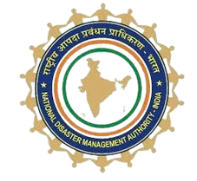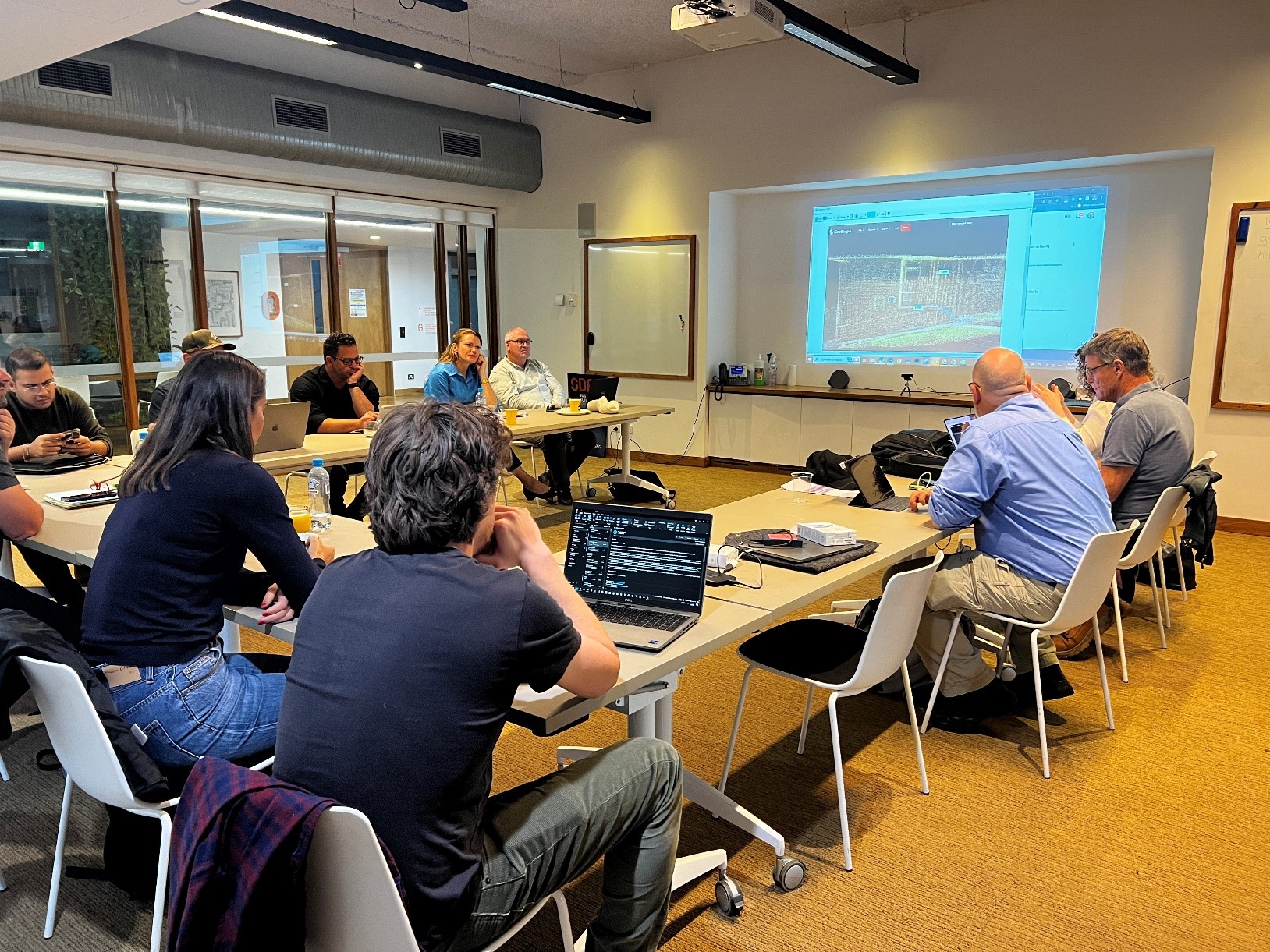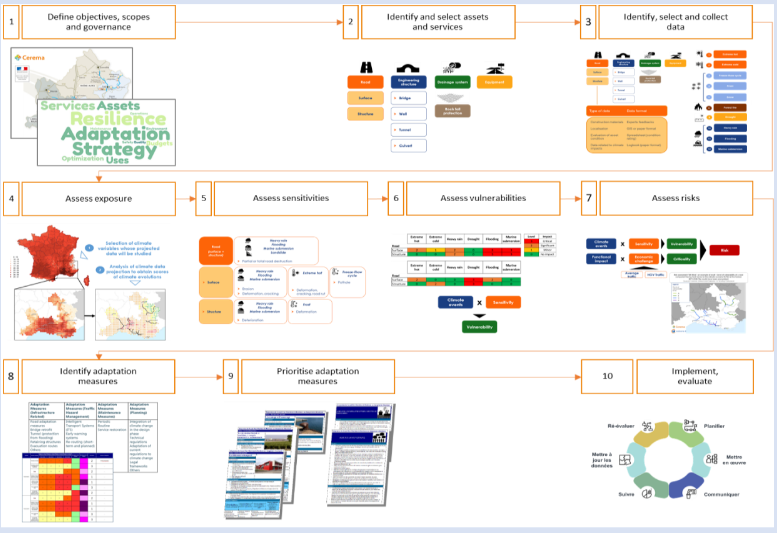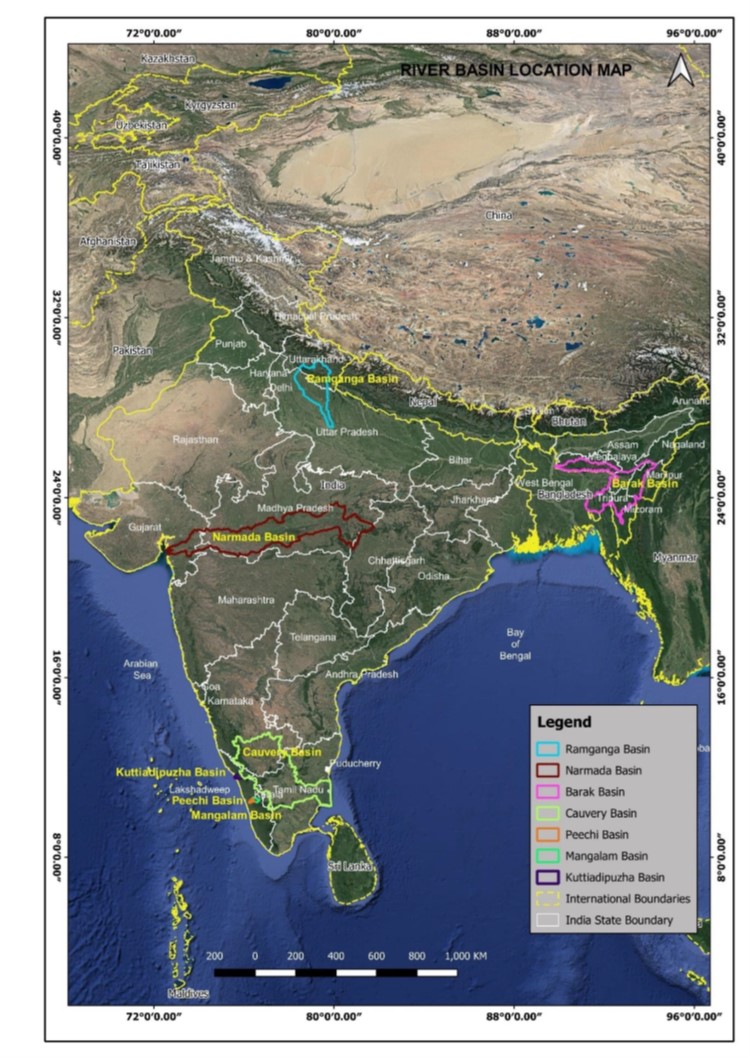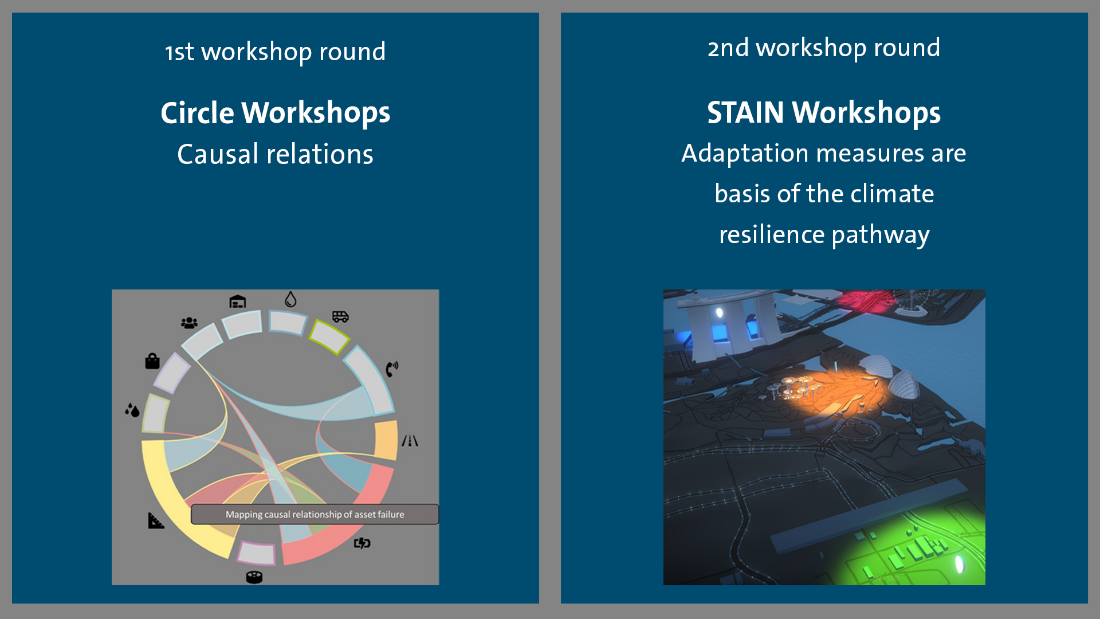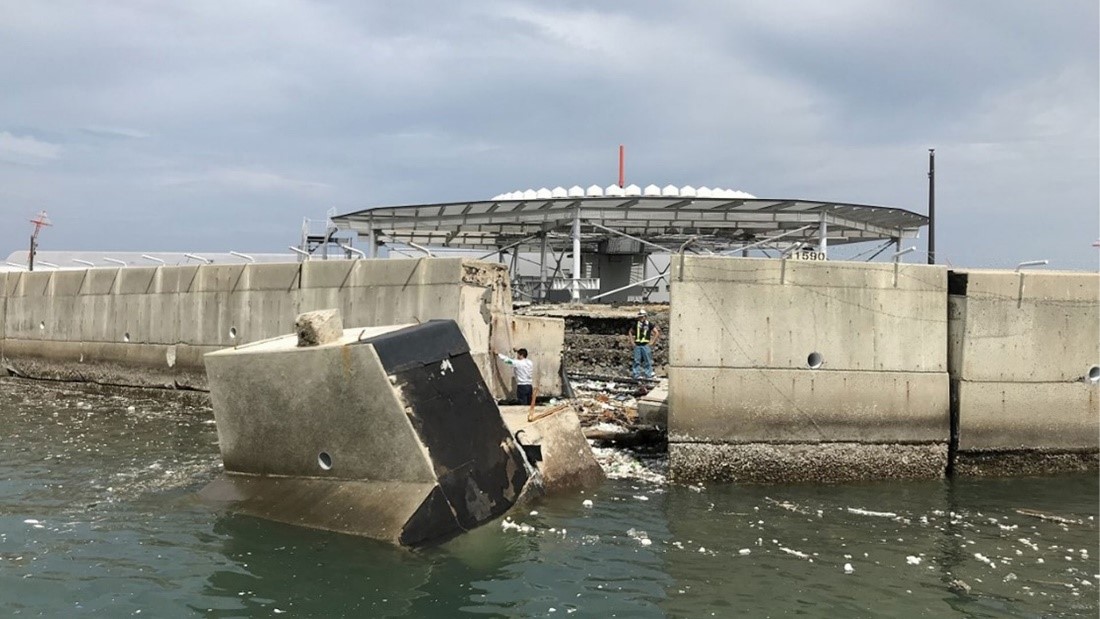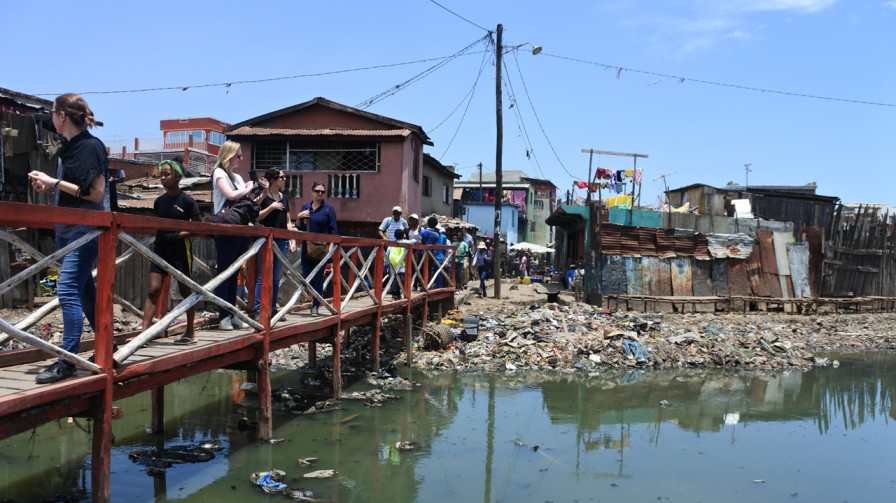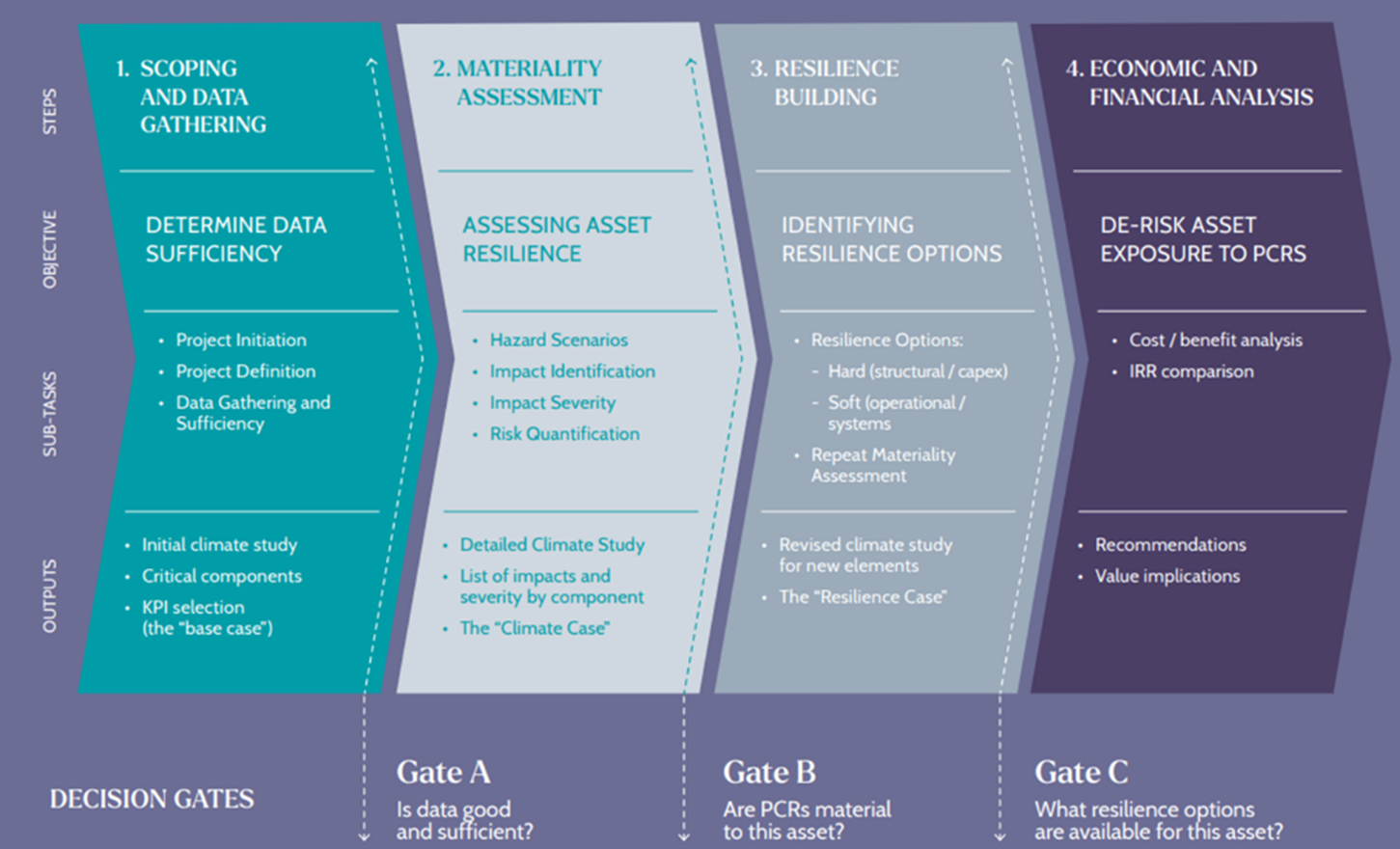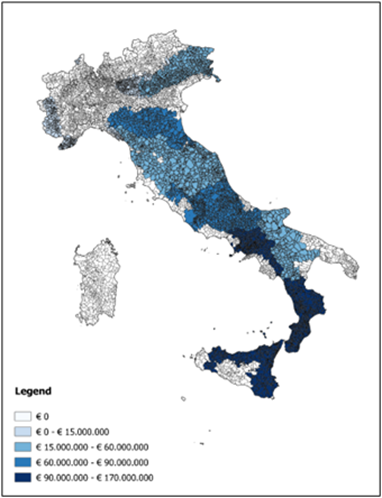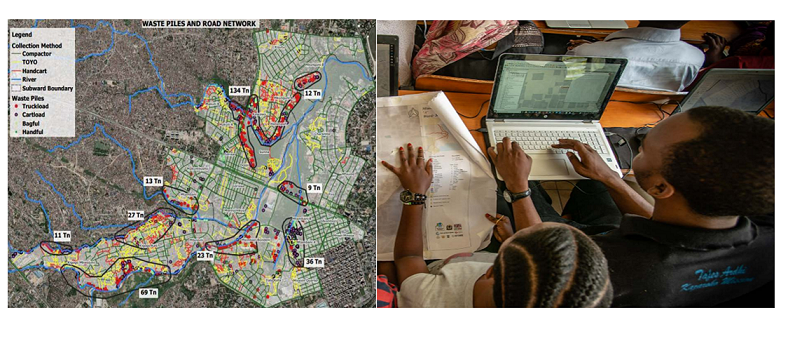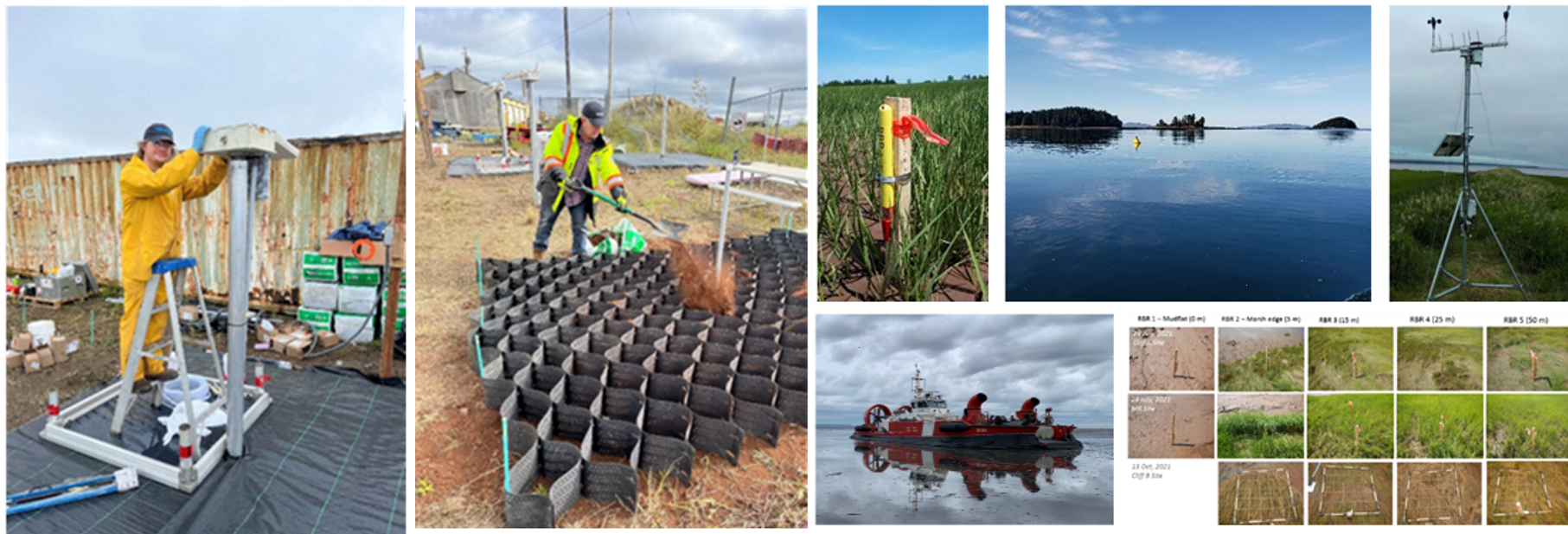RBC developed the Resilience Ratings program to inform, motivate and reward well prepared property and communities. A 5 Star Resilience Rating means that the household has taken the highest level of action to reduce their vulnerability to local climate risk. For example, a 5 Star Bushfire Resilience Rated property has reduced the likelihood of building ignition to less than 1.5%, whereas a 1 Star Bushfire Resilience Rated property has a likelihood of ignition of more than 40%.
Applied post-bushfire building loss research, engineering first principles and expert consensus identified the major causes of property and life loss which is the basis of the Resilience Rating model. The Resilience Rating system has been calibrated and verified through post-disaster building damage research, materials testing and insurance claims data.
During the development phase of the system, 432 households were provided with the Bushfire Resilience Rating Self-Assessment App. 172 of those households used the app to undertake some of the recommended actions, which led to an average reduction in the likelihood of building ignition by 37%. Pilot participants were also offered a whole of mortgage interest rate discount from the National Australia Bank to recognize and reward Bushfire Resilience Rating improvements.
The free app was provided to households re-building after the 2019-20 Black Summer bushfires to encourage building beyond minimum standards, resulting in 5 Star Bushfire Resilience Rated homes.
RBC has partnerships with emergency services, local governments, community organizations, banks, insurers, and builders to help promote the app when it launches in September this year. RBC aims to attract 50,000 high risk households to use the app in the 12 months after launch.
- RBC conducted a two-year bushfire resilience and energy efficiency home retrofit research program to support the development of the ratings system. The independent research found improving bushfire resilience of homes provided an average carbon abatement of 7.4 tonnes CO2-e.
- It also concluded that integrated energy efficiency and resilience retrofits mitigates the risk of adverse outcomes (e.g., the vulnerability to disasters being increased by energy-efficiency retrofits) and maximizes the efficiency and effectiveness of the retrofits by prioritizing actions that provide substantial co-benefits and avoids duplication of resource use.
- Climate resilient homes deliver measurable social and economic benefits including avoided death and injury, improved health and wellbeing, protection/improvement of property values, access to affordable insurance, access to finance, avoided property damage and loss, energy savings, housing security, and contribution to whole-of-community resilience and prosperity.
- A property for sale or rent should attract higher returns if it advertises its high Resilience Rating. Importantly, consumers are informed about the resilience of property - driving awareness and behaviour change. Insurers are more likely to stay in the market, keeping premiums competitive, which also enables household access to finance.
Several industry co-benefits also arise:
- Reducing insurance claims costs places downward pressure on household premiums.
- De-risking mortgage books incentivises lenders to provide cheaper finance to households.
- Greater adoption of disaster resilient materials stimulates innovation and supply chains, putting downward pressure on prices.
- A larger market size also generates jobs in the resilient, sustainable building, manufacturing, and assessment sectors.
- Informs the building industry and improves average building design performance.
- A greater rate of household adoption drives greater whole-of-community climate resilience.
The project also includes a database of assessed property, which will provide an unprecedented catalogue of building and resilience data. This will enable scientific research into the performance of the Resilience Rating system after disasters, how safety systems, materials, buildings, infrastructure, and emergency planning has performed.
- RBC will be able to report to government, building codes and standards committees, industry, and the community about the performance of resilience measures, ensuring continual improvement.
- It proposes to expand the Bushfire Resilience Rating Self-Assessment app to flood, storm, cyclone, heatwave, electrification, and energy efficiency, to enable free, equitable access to climate risk information and tailored adaptation plans.
- It seeks to deliver a world’s-first, independent global standard to measure the disaster resilience of buildings and enable generation of financial benefits.







